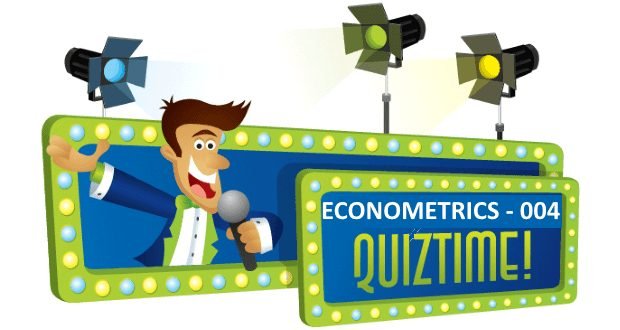500 câu trắc nghiệm Kinh tế lượng – 1B

13) A T.V. show’s executives commissioned a study to gauge the impact of the show’s ratings on the sales of its advertisers.
○ Observational
● Experimental
Identify the type of observational study.
14) A researcher plans to obtain data by following those in cancer remission since January of 2002.
○ Cross-sectional
○ Retrospective
● Prospective
○ None of these
Identify which of these types of sampling is used: random, stratified, systematic, cluster, convenience.
15) A sample consists of every 49th student from a group of 496 students.
○ Stratified
○ Random
○ Cluster
● Systematic
○ Convenience
16) The name of each contestant is written on a separate card, the cards are placed in a bag, and three names are picked from the bag.
○ Cluster
● Random
○ Stratified
○ Convenience
○ Systematic
SHORT ANSWER.
Write the word or phrase that best completes each statement or answers the question. Use critical thinking to address the key issue.
17) “7 out of 10 dentists recommend Brand X toothpaste”. This finding is based on the results of a survey of 10 randomly selected dentists. What is wrong with this survey?
The sample was too small
Provide an appropriate response.
18) List five different abuses of statistics and give examples for each.
Answers will vary but include small samples, precise numbers, guesstimates, distorted percentages, partial picture, deliberate distortions, loaded questions, misleading graphs, misleading pictographs, pollster pressure, or bad samples. Examples will vary.
19) A teacher at a school obtains a sample of students by selecting a random sample of 20 students from each grade. What kind of sampling is being used here? Will the resulting sample be a simple random sample of the population of students at the school? Explain your thinking.
This is stratified sampling. The sample obtained will not be a simple random sample because different samples of students have different chances of being selected. Specifically, it would not be possible to select samples of the same size with students in different grades.
20) At a school there are two different math classes of the same age. The two classes have different teachers. The school principal is interested in gauging the effectiveness of two different teaching methods and asks each teacher to try one of the methods. At the end of the semester both classes are given the same test and the results are compared. In this experiment, what is the variable of interest? Give some examples of variables which could be confounding variables.
The variable of interest is the teaching method. Possible confounding variables are “skill of teacher” (is one teacher better than the other?), “aptitude of students” (do the two classes have students of the same ability?), “amount of study time” (does one class have students who are more conscientious?).